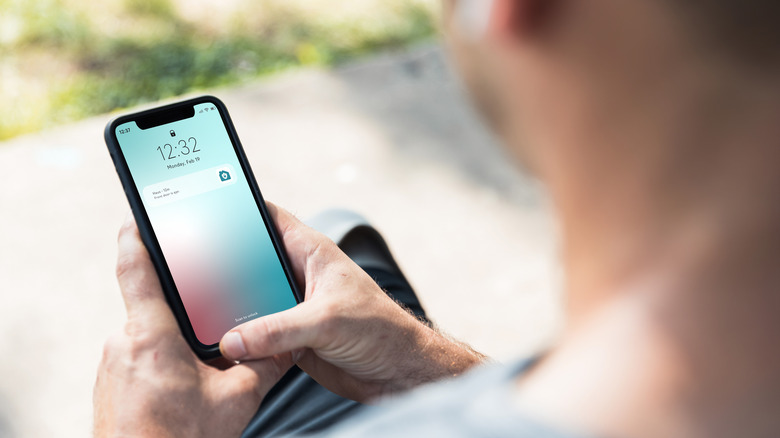If you use an iPhone X or one of the models released since then, like the iPhone 15, a pretty nifty iOS capability you may have experienced is the Attention Aware feature. This technology uses your iPhone’s front camera and, after determining whether you’re looking at your device or not, adjusts certain settings intuitively.
For instance, if you’re reading something on your phone and you have your screen timeout set to kick in after 30 seconds, Attention Aware will ensure that your phone does not auto-lock or start dimming while you’re looking at the screen. Similarly, Attention Aware will reduce the volume of your preset notification alerts based on the assumption that you’re actively engaging with your device and will be able to notice them without the loud noise. Additionally, when Attention Aware is turned on, your iPhone will expand your notifications if it detects you are looking at your phone screen at the time. Conversely, if it doesn’t detect your gaze, you’ll see more generic notifications to keep your communication private.
Attention Aware is another of the many convenient features that modern smartphones are designed with, but with the added layer of customization and privacy that its functionality offers, it’s a very helpful tool indeed.
Is Apple’s Attention Aware feature reliable?
Given how Apple’s Attention Aware tool can affect your privacy and user experience, it’s only natural to wonder how reliable and accurate it is. The feature uses Apple’s Face ID technology, with the TrueDepth camera system and machine learning to detect if you are paying attention to your iPhone. Apple confirms on its website that “The probability that a random person in the population could look at your iPhone or iPad Pro and unlock it using Face ID is less than 1 in 1,000,000.” This is no surprise as Apple’s commitment to privacy and security is one of the many reasons why people say they prefer iPhone over Android.
Considering this level of accuracy, the Attention-Aware functionality on your phone isn’t something people around you can misuse. Instead, the functionality might provide a more intuitive user experience and even help preserve your iPhone’s battery by ensuring your phone doesn’t stay on longer than necessary when you’re not looking at it.
How to turn off the Attention Aware feature
Your iOS device will have the Attention Aware function turned on by default, one of many underrated iPhone features that you may want to continue using. However, despite its usefulness, you might find this feature a hindrance in certain situations. The good news is that you can turn it off anytime and turn it back on when you so desire.
To turn off Attention Aware, unlock your iPhone and navigate to the Settings app. Scroll until you find the Face ID & Passcode tab. You may be prompted to enter your passcode — be sure to key in the right pin. After that, tap the toggle beside Attention Aware Features to turn off the function. After you turn this off, your iPhone won’t adjust your notification settings or dim your screen based on whether or not you’re looking at your phone. In the future, if you decide to re-enable this feature, you can follow the same process to turn it back on.


